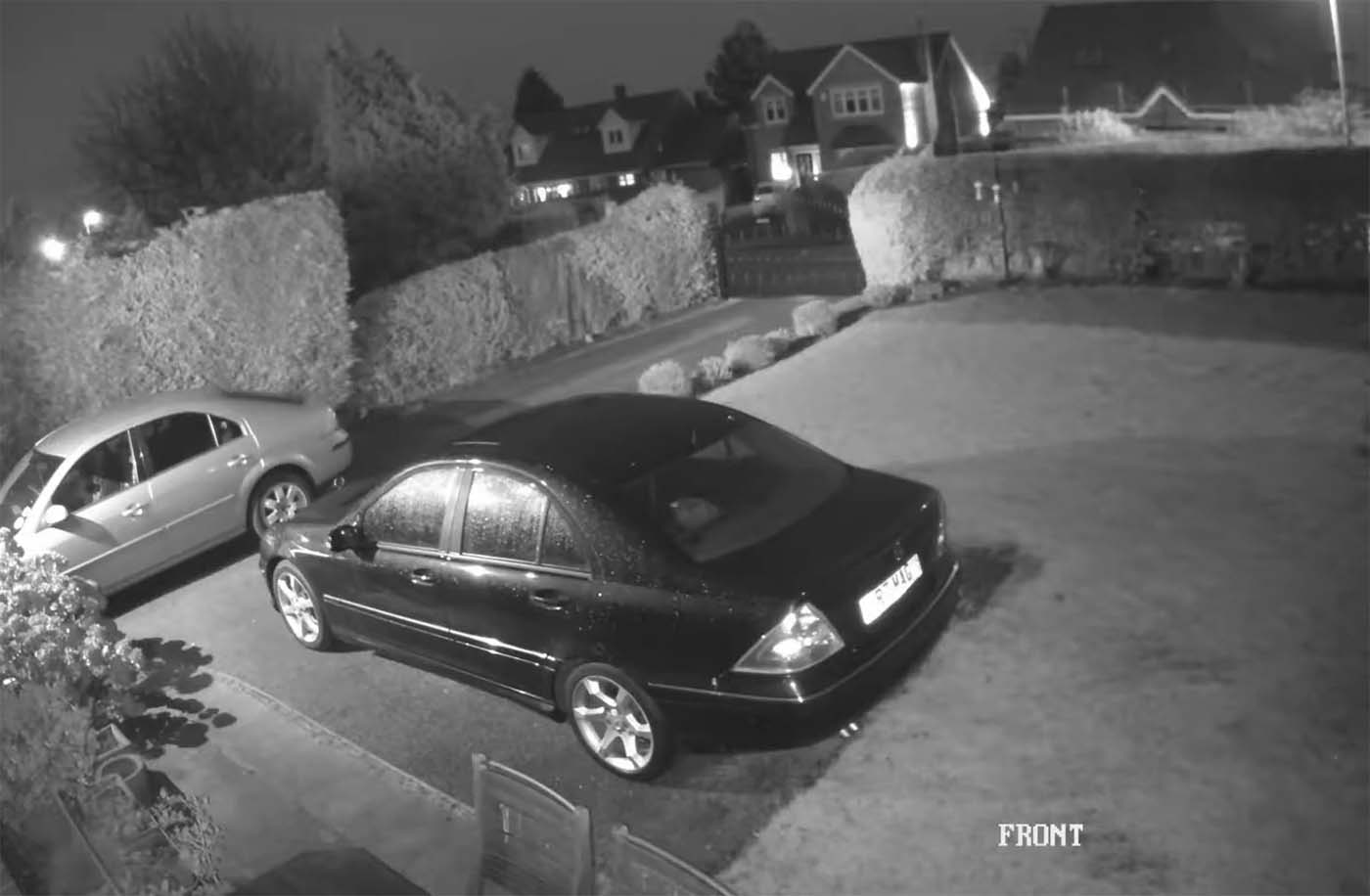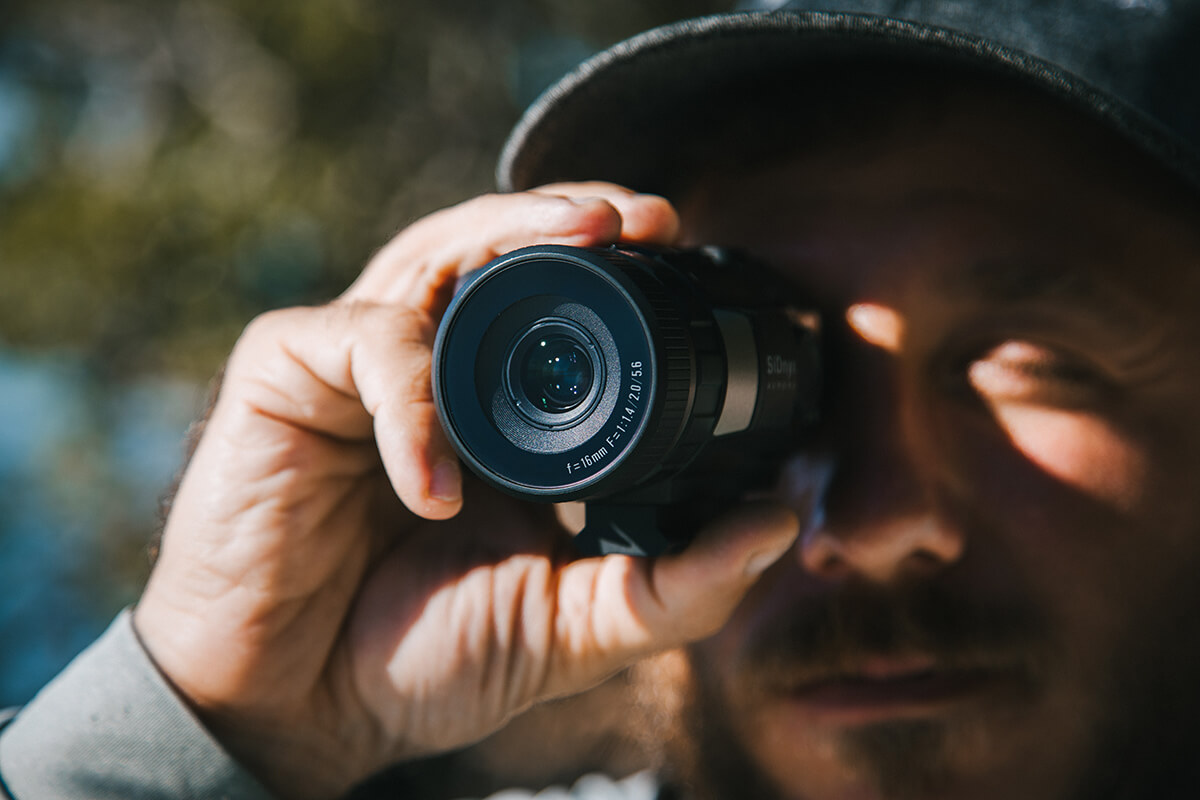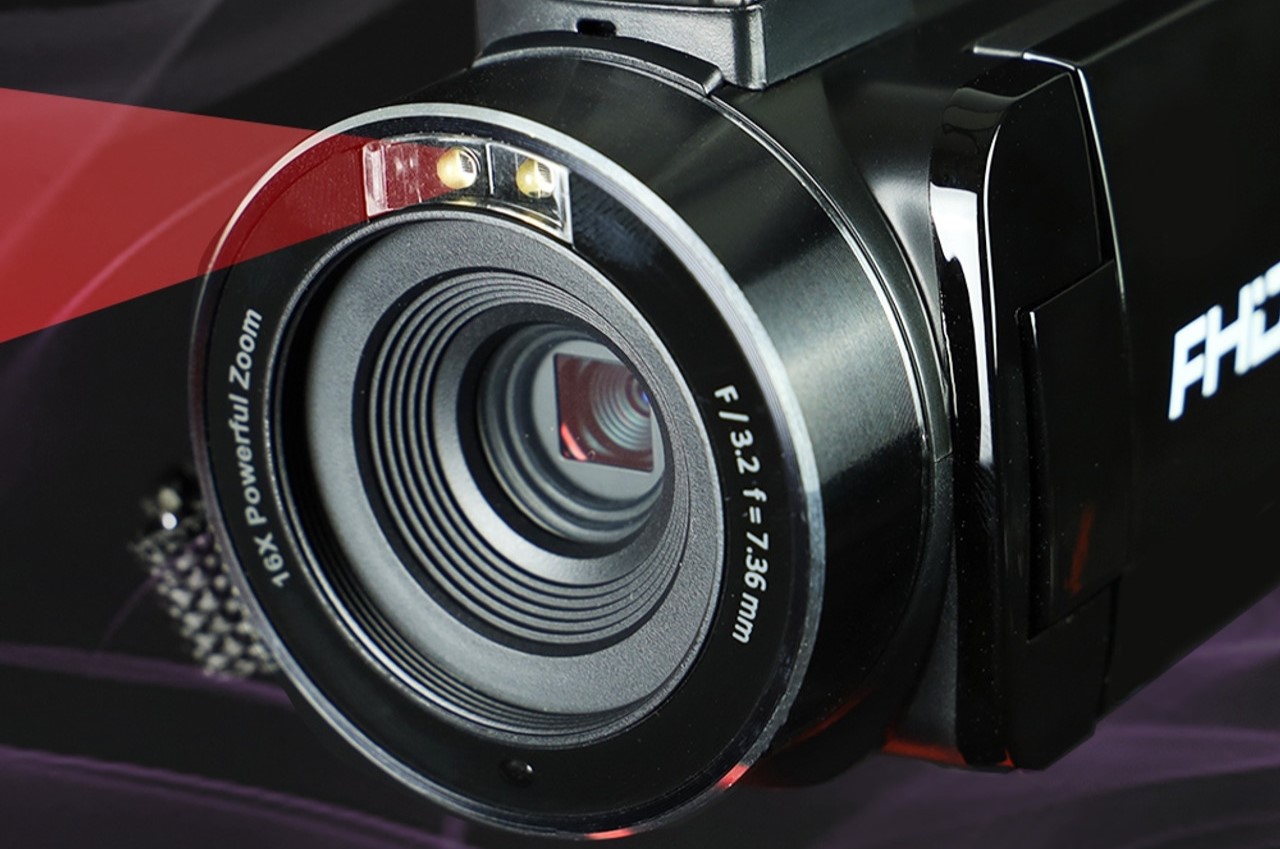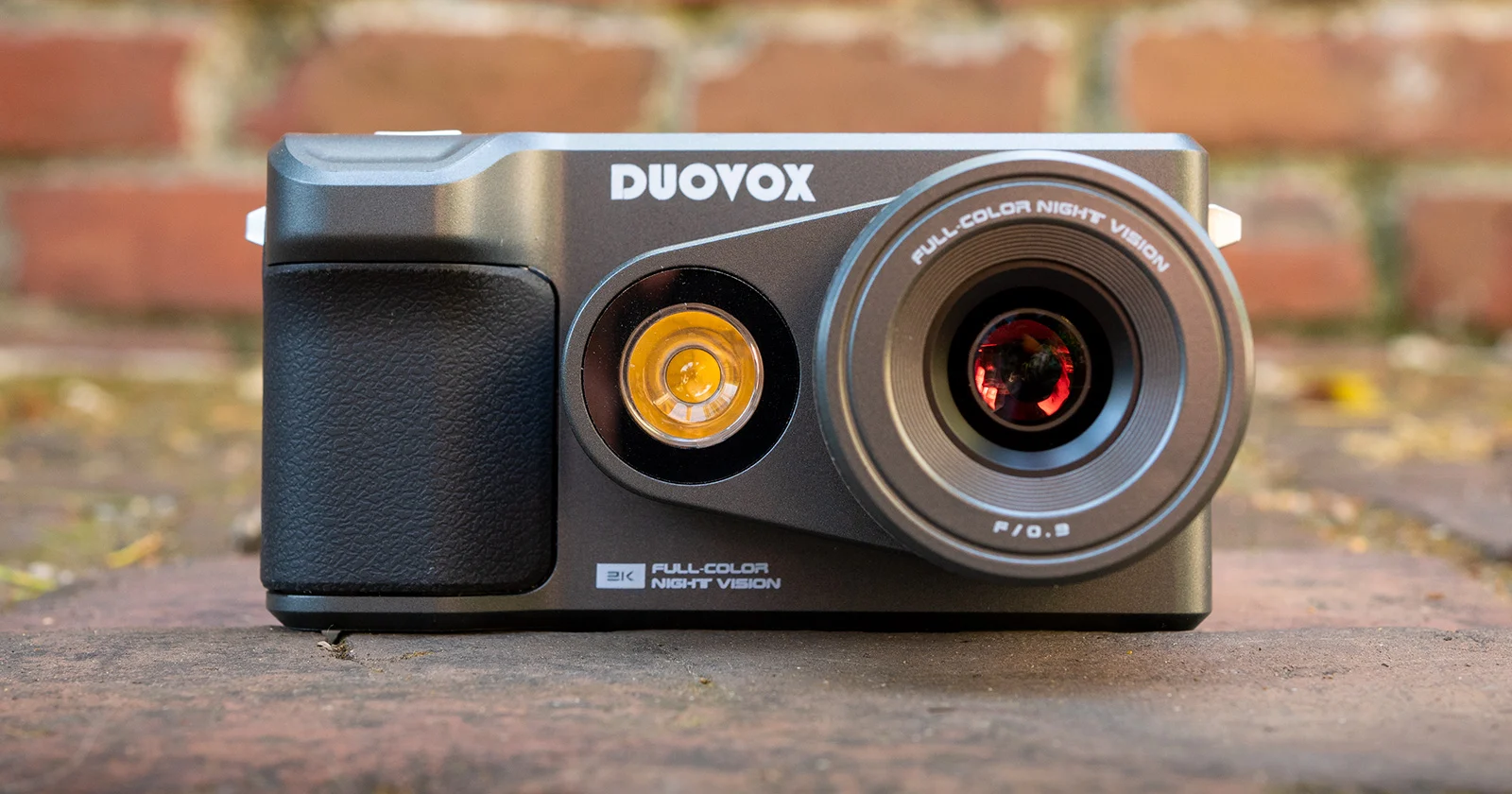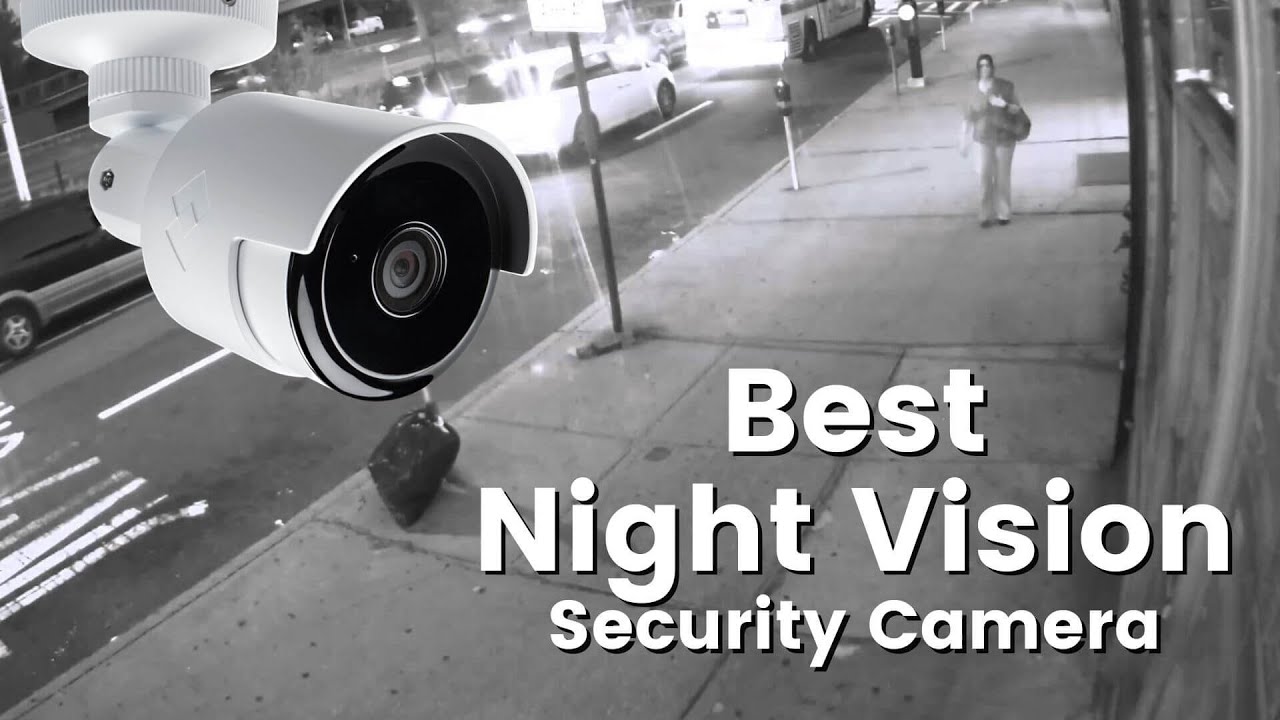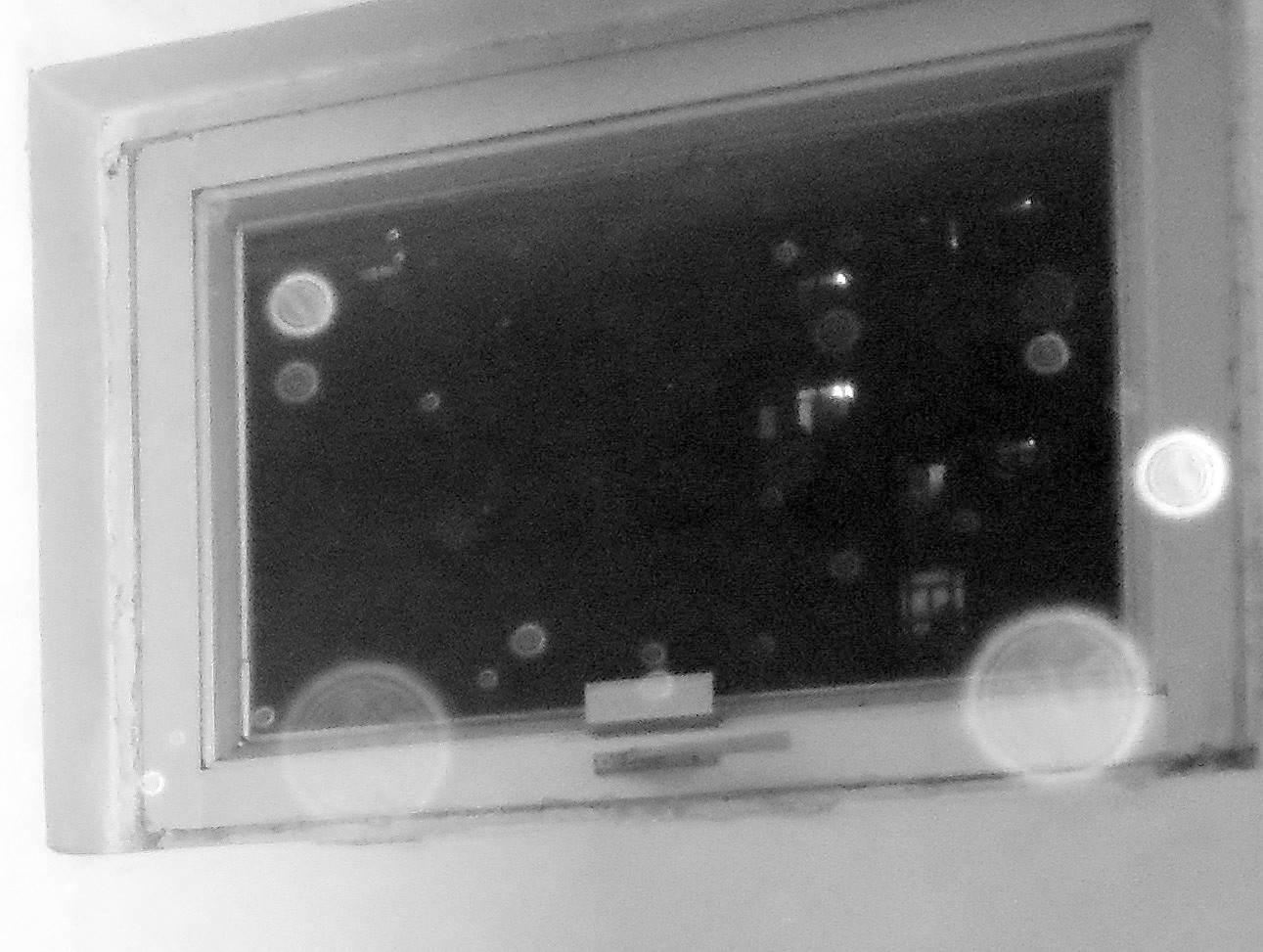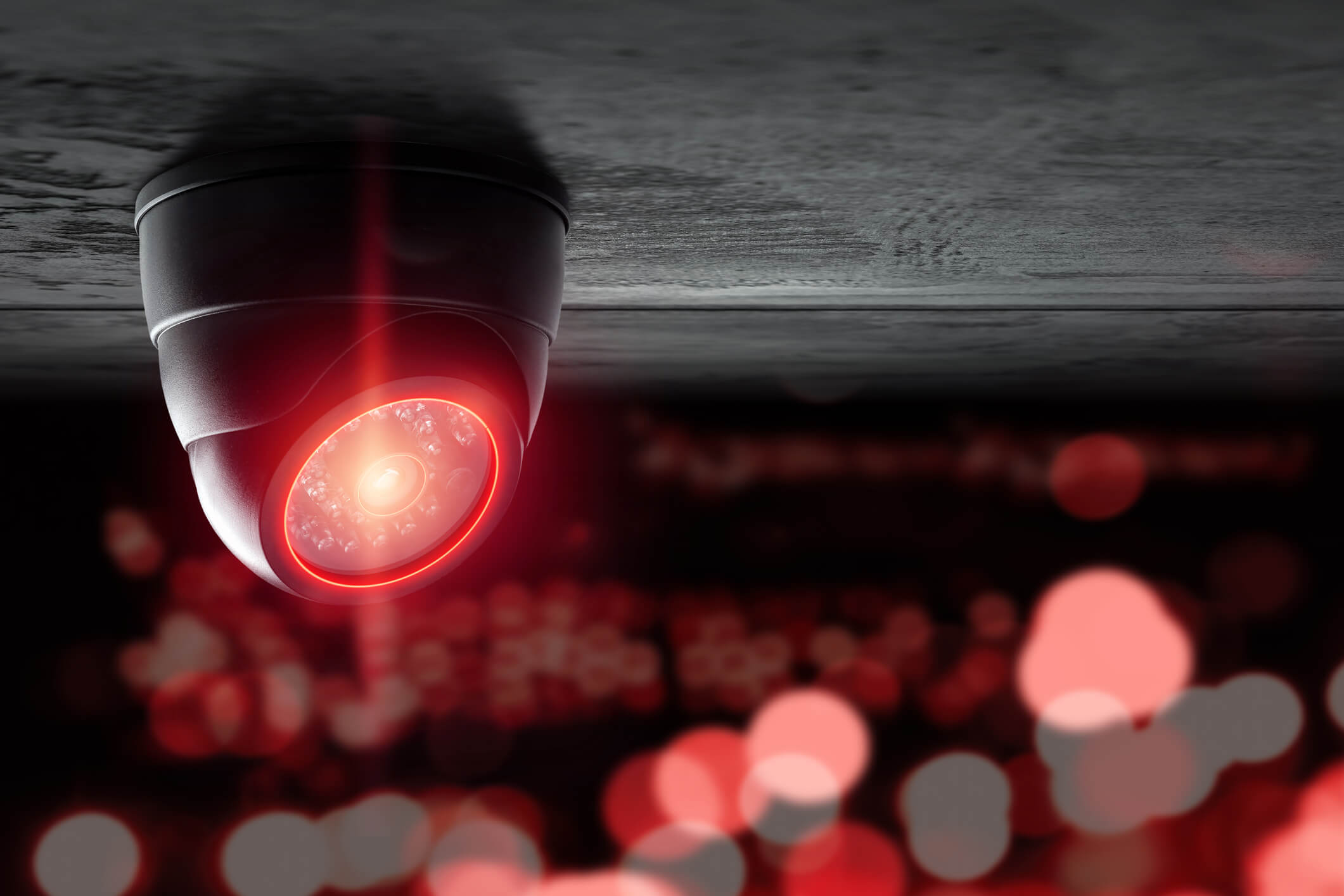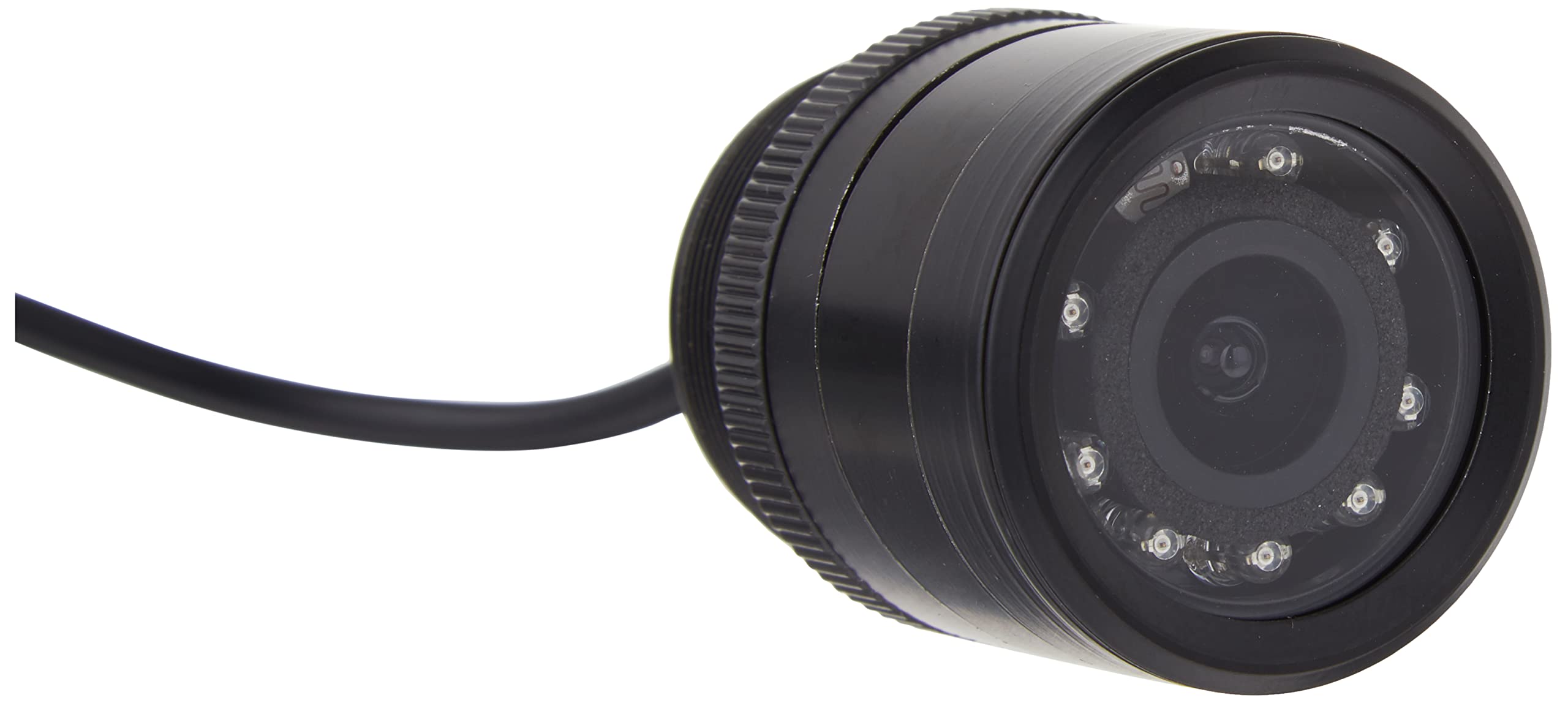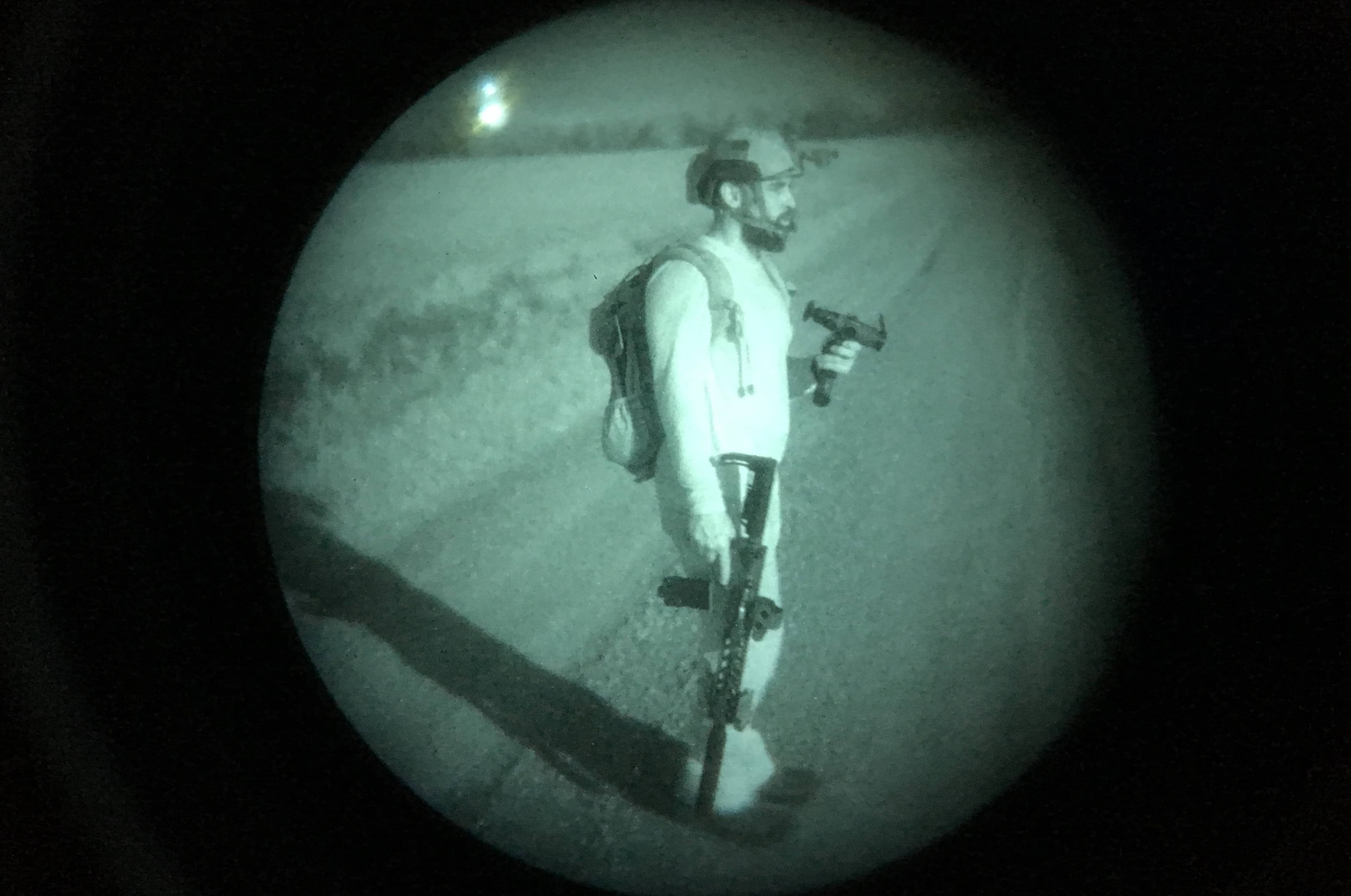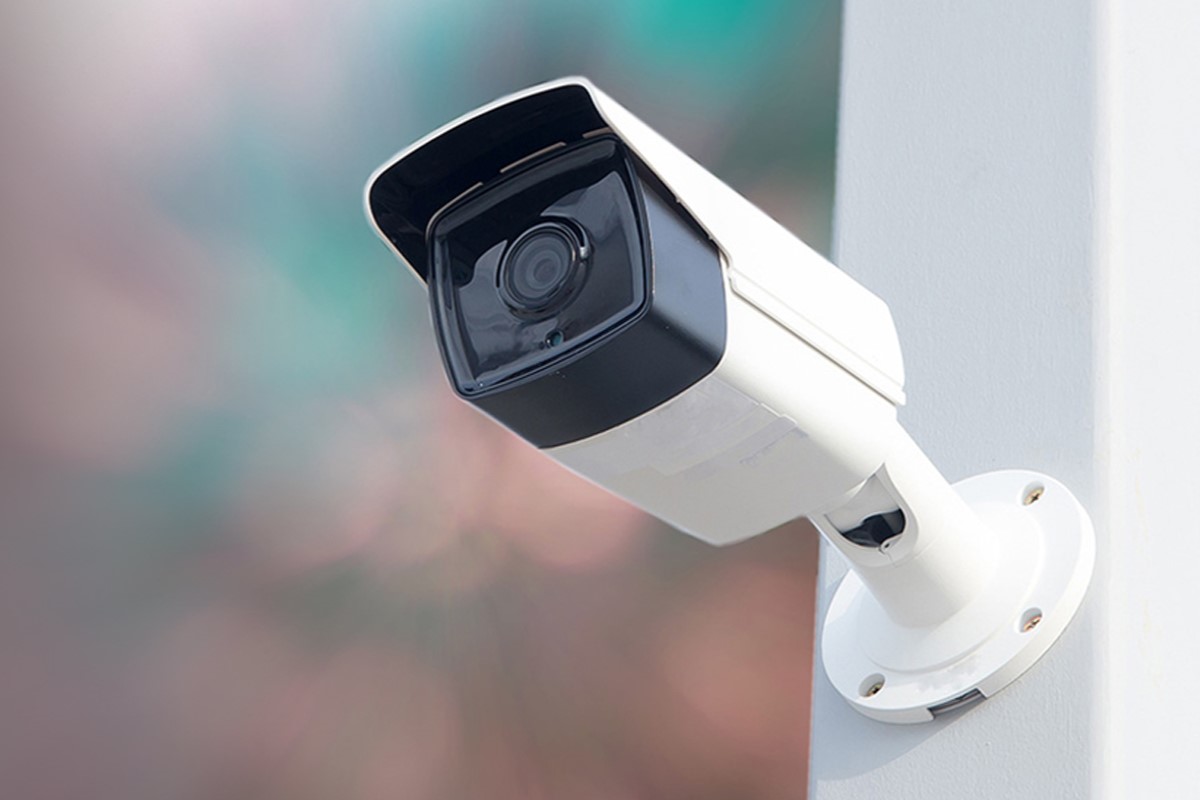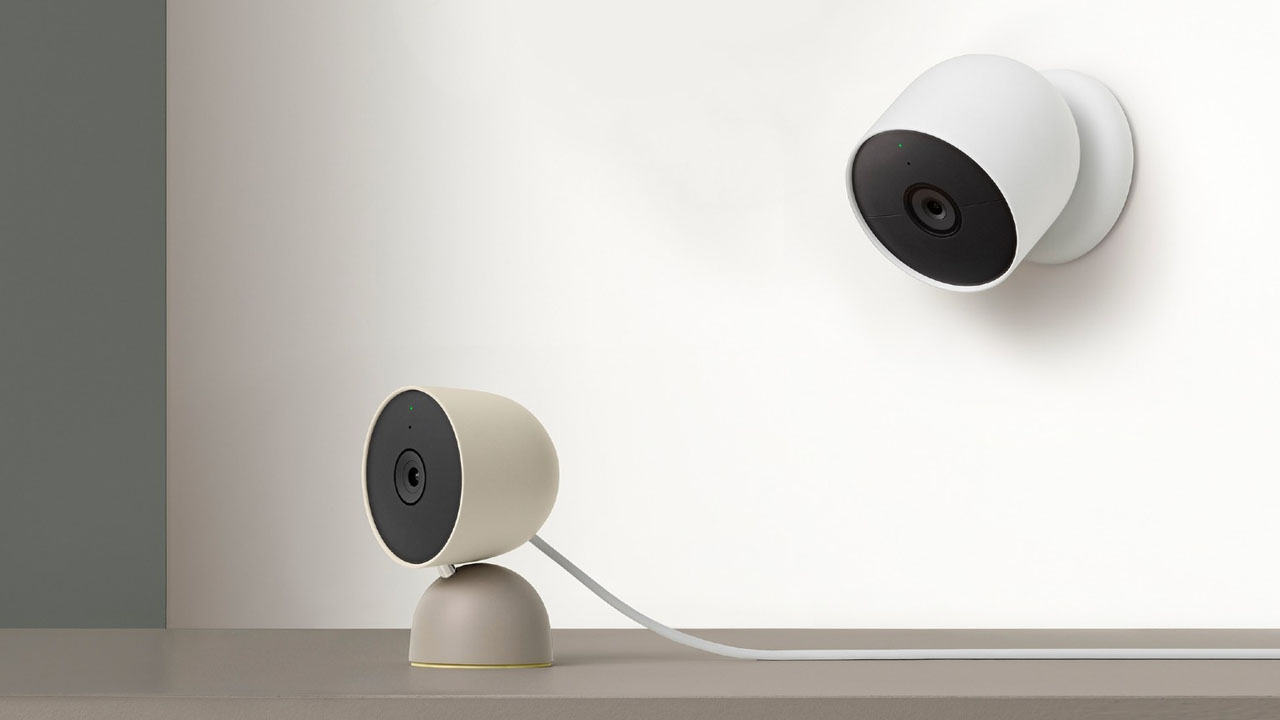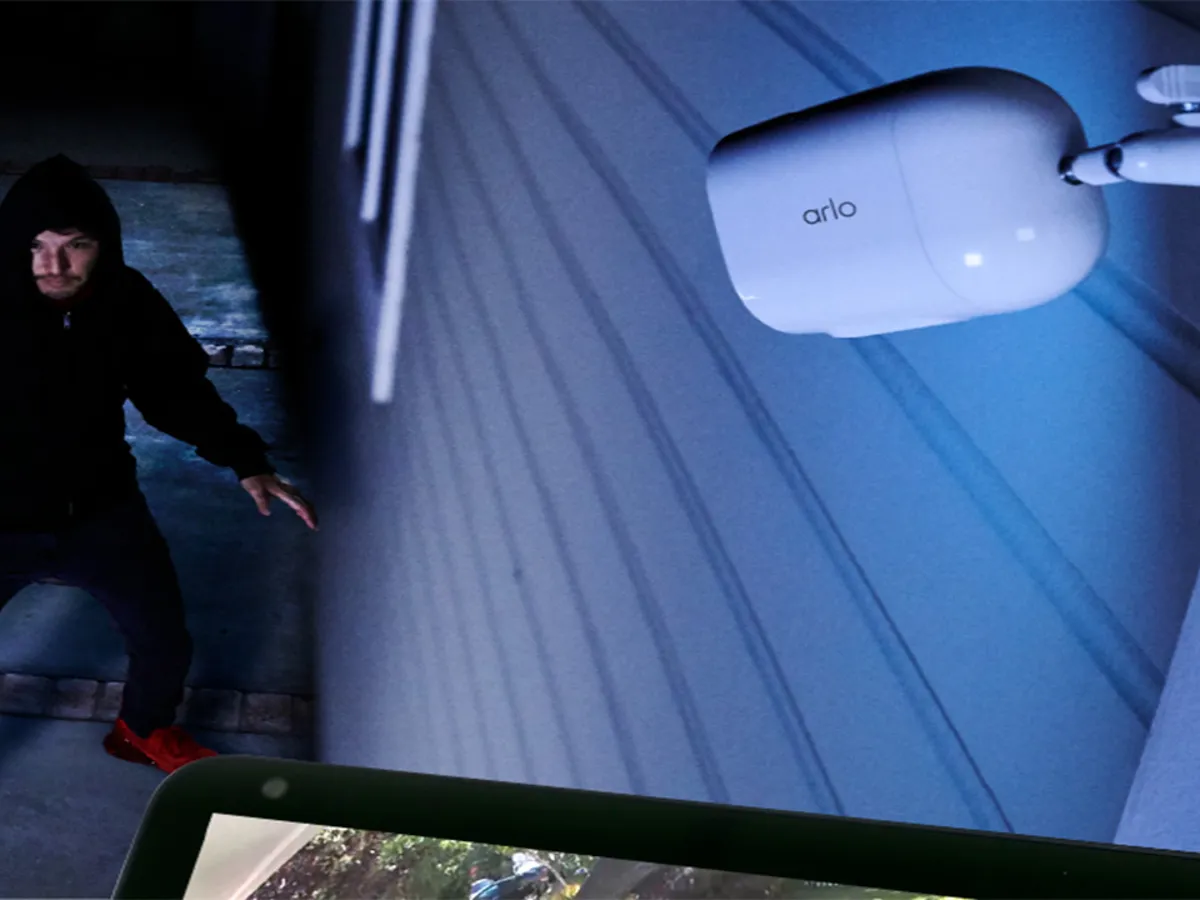Home>Home Security and Surveillance>What Color Is Hardest To See With Night Vision Camera
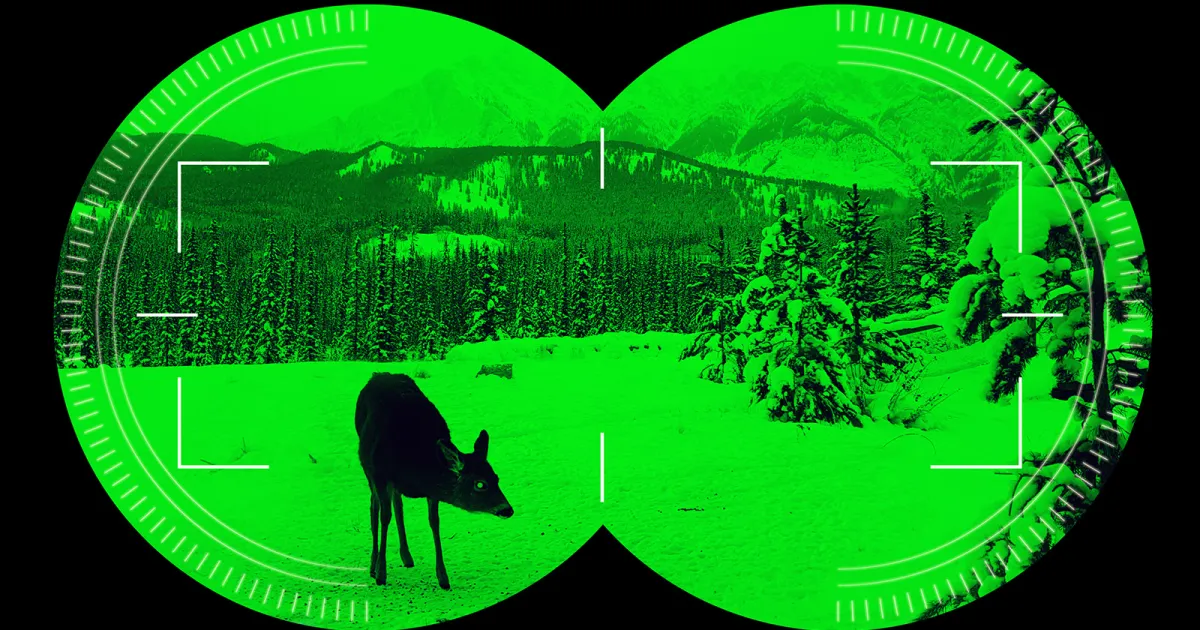

Home Security and Surveillance
What Color Is Hardest To See With Night Vision Camera
Modified: March 6, 2024
Discover the color that poses the biggest challenge for night vision cameras in home security and surveillance. Explore the limitations and potential solutions for capturing the hardest-to-see hues.
(Many of the links in this article redirect to a specific reviewed product. Your purchase of these products through affiliate links helps to generate commission for Storables.com, at no extra cost. Learn more)
Introduction
Home security and surveillance are essential aspects of protecting your property and loved ones. With advancements in technology, night vision cameras have become a popular choice to enhance the security of residential and commercial spaces. These cameras provide clear visibility in low-light conditions, making them ideal for monitoring during nighttime.
However, one question that often arises is, “what color is hardest to see with a night vision camera?” The answer to this question is not as straightforward as it may seem. Several factors come into play when it comes to the visibility of colors in night vision camera footage.
In this article, we will explore the factors that affect visibility in night vision cameras and delve into the role of color in determining their visibility. We will also discuss the challenges of seeing specific colors using night vision cameras and examine color preferences for different night vision applications.
By understanding these factors, you will be able to make informed decisions when it comes to selecting the right night vision camera for your surveillance needs.
Key Takeaways:
- Night vision cameras primarily capture grayscale images, with lighter colors like white and yellow being more visible. Understanding color limitations helps optimize surveillance effectiveness in low-light conditions.
- Factors like lighting, camera technology, and environmental conditions affect color visibility in night vision cameras. While color accuracy may be limited, pseudo-color representation can aid in specific surveillance applications.
Factors Affecting Night Vision Camera Visibility
Several factors play a crucial role in determining the visibility of objects and colors in night vision camera footage. Let’s take a closer look at some of these factors:
- Lighting Conditions: The amount and quality of ambient light present in the environment greatly impact the performance of a night vision camera. Cameras with infrared (IR) illuminators are commonly used to provide additional light in low-light conditions.
- Camera Technology: Different types of night vision cameras utilize various technologies such as thermal imaging, image intensification, or digital image enhancement. Each technology has its own advantages and limitations when it comes to visibility.
- Distance: The distance between the camera and the subject being monitored can affect visibility. Some cameras have a limited range, making objects farther away appear less visible.
- Environmental Factors: Weather conditions like fog, rain, or snow can affect visibility in night vision cameras. These factors can reduce the clarity of images and make it harder to distinguish colors.
- Contrast: The contrast between the object and its surroundings also plays a role in visibility. Higher contrast makes objects stand out more, while low contrast can make it harder to differentiate between colors.
- Camera Settings: Adjusting the camera’s settings, such as the exposure and gain, can impact visibility. Finding the right balance between these settings can optimize the visibility of colors in the camera footage.
It’s important to consider these factors when selecting and setting up your night vision camera to ensure optimal visibility and accurate color representation. Keep in mind that while night vision cameras can capture images and videos in low-light conditions, they may not provide the same level of color accuracy as daylight cameras.
The Role of Color in Night Vision Cameras
Color plays a critical role in our perception of the world, but how does it translate to night vision cameras? Night vision cameras, unlike our eyes, do not perceive color in the same way. Instead, they rely on capturing variations in light intensity to create a black and white or grayscale image.
While night vision cameras can’t produce true color images, they can still provide valuable visual information. The grayscale image produced by a night vision camera assigns different shades of gray to different levels of light intensity. This grayscale representation allows us to interpret objects’ shapes, sizes, and relative positions, even without color information.
However, some night vision cameras do have the capability to add color to the images using built-in filters or by enhancing certain color wavelengths. These cameras can provide a pseudo-color representation that enables you to identify objects and their attributes more accurately.
Color can still play a role in night vision camera footage, even if it’s not as prominent as in daylight. By considering color in night vision cameras, you can enhance key features of objects and gain a better understanding of the scene being monitored.
It’s essential to note that the visibility of colors in night vision camera footage can vary depending on the camera’s technology and the lighting conditions. Infrared cameras, for example, may produce images that lack color but provide clear visibility of objects in dark environments.
Understanding the limitations and possibilities of color in night vision cameras will help you make informed decisions when it comes to selecting the right camera for your specific surveillance needs.
Understanding Color Wavelengths
Colors are a result of different wavelengths of light that are visible to the human eye. Each color corresponds to a specific range of wavelengths within the electromagnetic spectrum. Understanding color wavelengths is crucial in comprehending how they interact with night vision cameras.
The electromagnetic spectrum consists of various types of light, including infrared (IR), visible, and ultraviolet (UV) light. Night vision cameras often utilize infrared light, which is invisible to the human eye, to capture images in low-light conditions.
When it comes to visible light, different colors have different wavelengths. For example, red light has a longer wavelength, while violet light has a shorter wavelength.
In night vision cameras, the ability to detect and capture certain wavelengths of light is essential. Cameras equipped with infrared illuminators emit infrared light, which helps illuminate the scene, making objects more visible to the camera’s sensors.
However, it’s important to note that the type of night vision camera technology used can impact its ability to capture specific color wavelengths. Some cameras may be optimized for capturing shorter wavelengths, such as green and blue, while others may be more sensitive to longer wavelengths, such as red and orange.
Understanding the specific color sensitivities of your night vision camera is crucial when it comes to accurately interpreting color representation in the footage. It can also aid in selecting the right camera for your intended surveillance purposes.
By considering the role of different color wavelengths and the technology behind night vision cameras, you can make more informed decisions in terms of camera selection, setup, and optimizing color representation in your surveillance setup.
Infrared light is the hardest color to see with night vision cameras because they are designed to detect and amplify light in the near-infrared spectrum, which is invisible to the human eye.
Most Visible Colors for Night Vision Cameras
While night vision cameras primarily capture grayscale or black and white images, certain colors can still have varying levels of visibility in the footage. Although colors don’t appear as they would in daylight, some colors tend to stand out more than others in night vision camera recordings.
In general, lighter colors such as white, light gray, and pastel shades tend to be more visible in night vision camera footage. These colors reflect more light and therefore appear brighter in the grayscale image produced by the camera.
Yellow is another color that often stands out in night vision camera recordings. It is a relatively bright color and can be easily distinguished from the surrounding background, making it more visible in low-light conditions.
On the other hand, darker colors such as black, dark blue, and deep red may appear less visible or even indistinguishable from one another in night vision camera footage. These colors absorb more light and may blend with the surrounding darkness, reducing their visibility.
It’s important to note that the visibility of colors can still vary depending on the lighting conditions, camera technology, and other factors mentioned earlier. Overall, lighter and brighter colors tend to have better visibility, while darker colors may be more challenging to distinguish in night vision camera recordings.
When setting up your night vision camera system, it may be beneficial to consider the colors of the objects or areas you wish to monitor. By choosing colors that have better visibility in low-light conditions, you can improve the overall effectiveness of your surveillance setup.
Remember, while color visibility plays a role in night vision camera footage, the primary focus is on capturing clear and detailed images in low-light situations. By understanding the limitations and possibilities of color in night vision cameras, you can make informed decisions to optimize the visibility and effectiveness of your surveillance system.
Read more: How To Turn On Q-See Night Vision Camera
The Challenges of Seeing Specific Colors with Night Vision Cameras
While night vision cameras can provide valuable surveillance footage in low-light conditions, they face certain challenges when it comes to accurately representing specific colors. Understanding these challenges can help you set realistic expectations for color visibility in night vision camera footage.
One of the primary challenges is the reduced color accuracy due to the reliance on capturing variations in light intensity rather than true color information. Night vision cameras typically produce grayscale or black and white images, which means that colors are represented by different shades of gray.
Additionally, night vision camera technologies, such as infrared imaging, can affect color representation. Infrared cameras, for example, may produce images that lack color but provide clear visibility of objects in dark environments.
Moreover, certain colors may be more challenging to perceive or distinguish accurately in night vision camera recordings. Dark colors, such as black or deep blue, tend to absorb more light, making them less visible against the dark background. Similarly, colors that are close in hue or saturation could appear similar, making it difficult to differentiate between them.
Environmental factors also pose challenges to color visibility in night vision camera footage. Poor weather conditions like fog or rain can reduce the clarity of images and make it harder to distinguish between colors.
Lastly, the specific camera settings and adjustments can impact color representation. Incorrect exposure or gain settings may affect the visibility and accuracy of colors in the footage. Finding the right balance in camera settings is crucial to optimize color visibility in night vision camera recordings.
Although these challenges exist, it’s important to remember that night vision cameras primarily prioritize capturing detailed and clear images in low-light conditions. While color representation is limited, the grayscale images still provide useful visual information for surveillance purposes.
By understanding the challenges associated with color in night vision cameras, you can set realistic expectations and make informed decisions when it comes to selecting, setting up, and interpreting the footage from your surveillance system.
Color Preferences for Different Night Vision Applications
The choice of color in night vision applications can vary depending on the specific surveillance needs and objectives. While night vision cameras primarily capture grayscale images, there are instances where color preferences can play a role in enhancing the effectiveness of the surveillance system.
In certain security and surveillance applications, such as monitoring outdoor areas or perimeters, it may be advantageous to prioritize visibility over color accuracy. In these instances, cameras equipped with infrared illuminators that provide clear visibility in low-light conditions become more valuable, even if they lack color representation.
However, there are scenarios where color can still be useful in night vision applications. For example, in traffic monitoring or law enforcement, specific colors may play a crucial role in identifying objects or individuals. This could include distinguishing between different vehicles, identifying traffic signs, or recognizing the clothing of suspects.
In these cases, using cameras that can provide pseudo-color representation can be beneficial. Pseudo-color refers to the artificial addition of color to grayscale images, allowing for better object differentiation and identification.
Another consideration is using color for specific objects or areas of interest within the surveillance footage. By using color filters or overlays, specific objects or regions can be highlighted, ensuring better attention and focus on critical areas.
It’s important to note that color preferences in night vision applications are highly dependent on the specific requirements and goals of the surveillance system. Understanding the unique needs of the application and considering the limitations and possibilities of color representation in night vision cameras can help determine the most appropriate color choices for each situation.
Ultimately, the primary objective of night vision cameras remains capturing clear and detailed images in low-light conditions, regardless of color representation. By carefully evaluating the demands of each surveillance application, you can make informed decisions about the use of color to enhance the effectiveness and efficiency of your night vision system.
Conclusion
Night vision cameras have revolutionized the field of home security and surveillance by enabling clear visibility in low-light conditions. While color representation may be limited or absent in night vision camera footage, understanding the factors that affect visibility and the role of color can help you make informed decisions when it comes to selecting and setting up your surveillance system.
Factors such as lighting conditions, camera technology, distance, environmental factors, contrast, and camera settings all influence the visibility of colors in night vision camera footage. By considering these factors, you can optimize the performance of your night vision camera and improve color visibility where necessary.
Lighter and brighter colors, such as white, light gray, and pastel shades, tend to be more visible in night vision camera recordings. Conversely, darker colors, such as black, dark blue, and deep red, may be harder to distinguish.
While color accuracy may be limited, pseudo-color representation can still be useful in specific applications where color differentiation is crucial, such as traffic monitoring or law enforcement. Additionally, using color filters or overlays can help highlight specific objects or areas of interest within the surveillance footage.
Ultimately, the primary focus of night vision cameras is capturing clear and detailed images in low-light conditions to enhance security and surveillance. By understanding the limitations and possibilities of color representation in night vision cameras, you can set realistic expectations and make informed decisions to optimize the effectiveness of your surveillance system.
Whether you prioritize visibility over color accuracy or require specific color identification, choosing the right night vision camera and considering color preferences in your surveillance applications can help you achieve your security goals successfully.
With a comprehensive understanding of the factors affecting visibility and the role of color in night vision cameras, you can make informed decisions to create a robust and reliable home security and surveillance system.
Frequently Asked Questions about What Color Is Hardest To See With Night Vision Camera
Was this page helpful?
At Storables.com, we guarantee accurate and reliable information. Our content, validated by Expert Board Contributors, is crafted following stringent Editorial Policies. We're committed to providing you with well-researched, expert-backed insights for all your informational needs.
